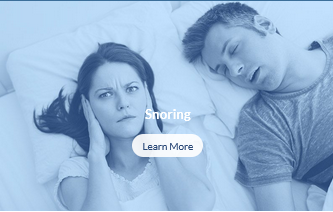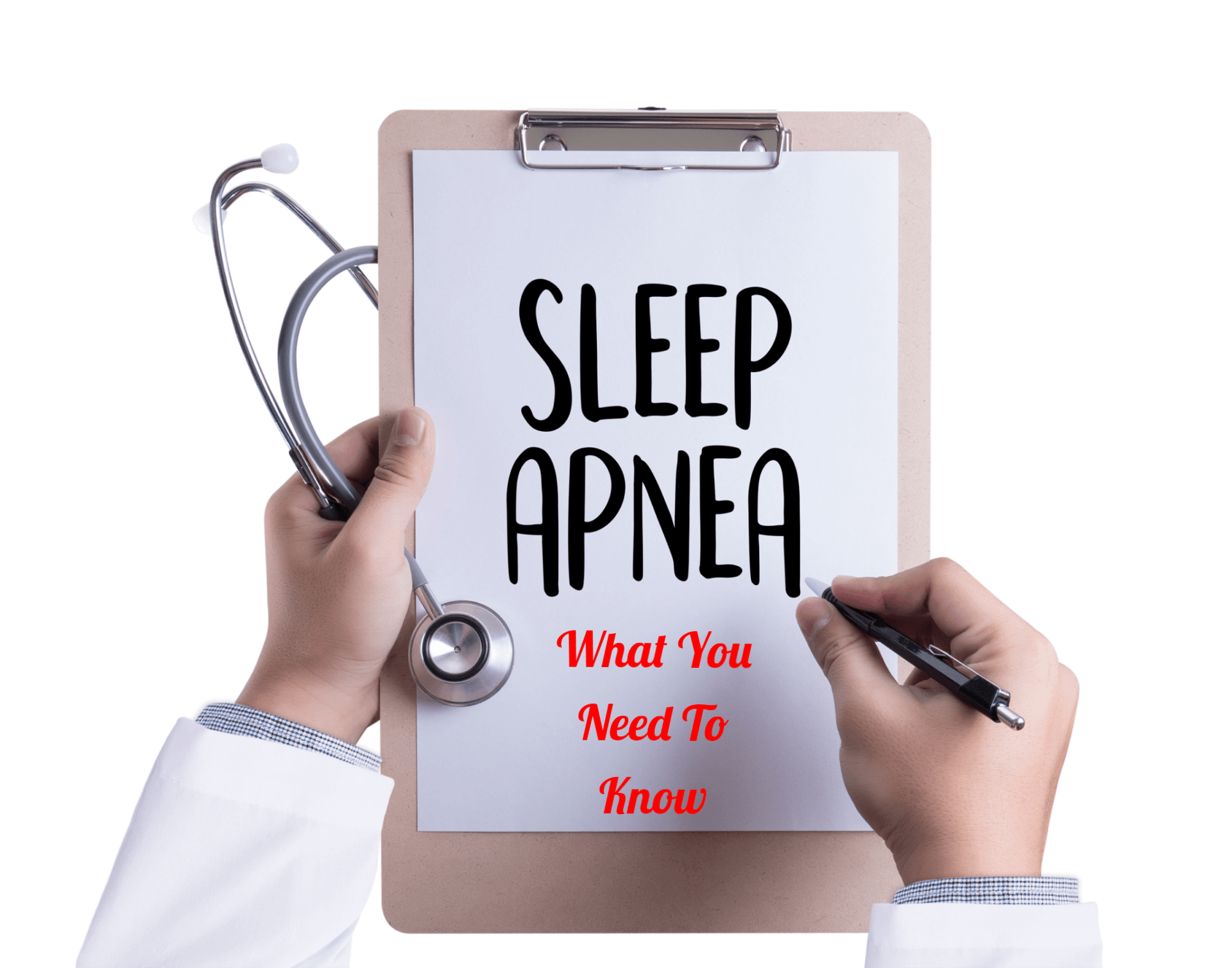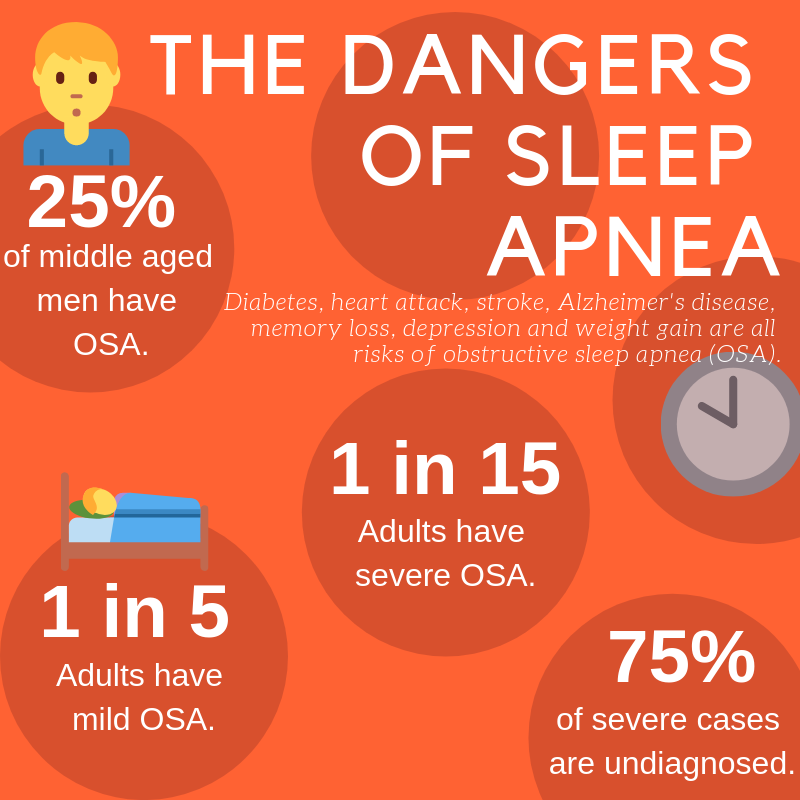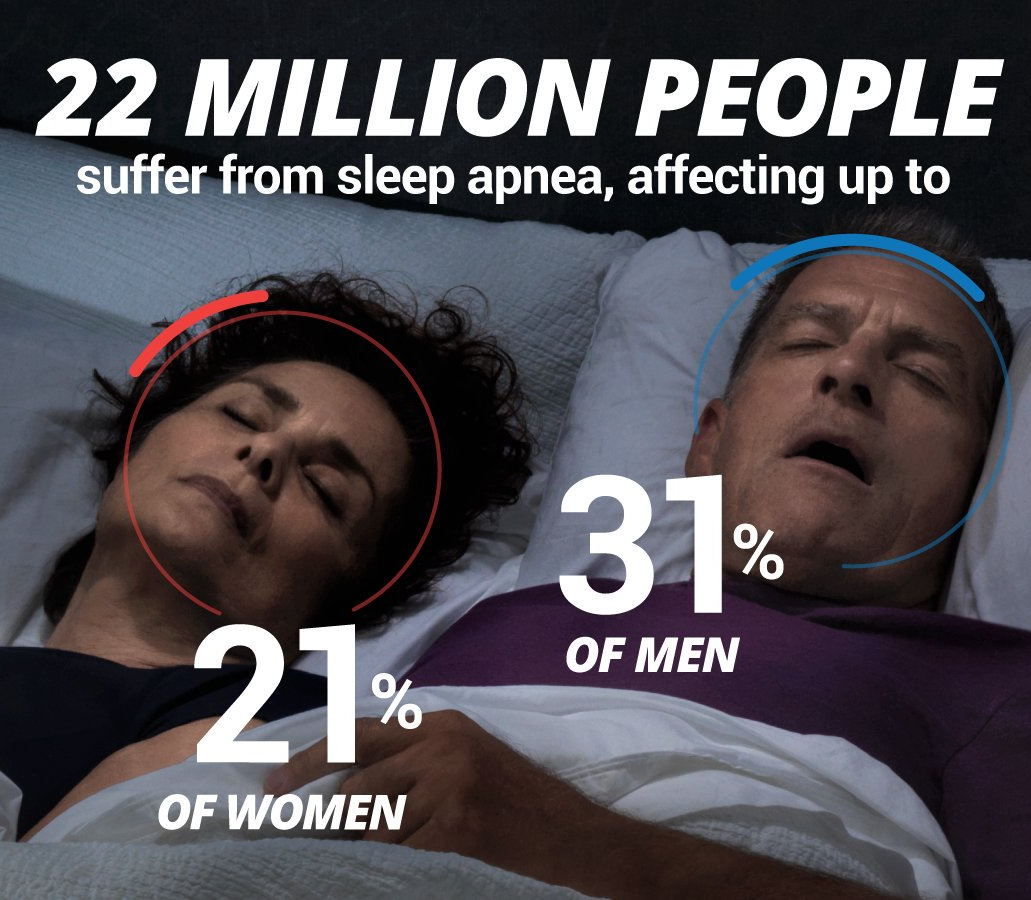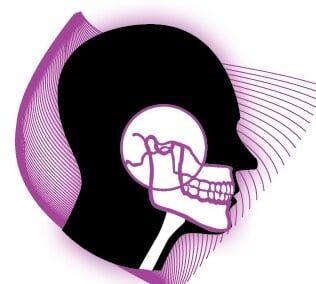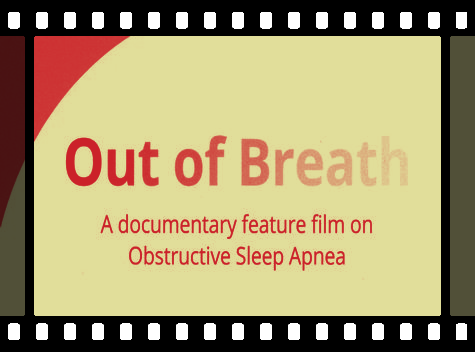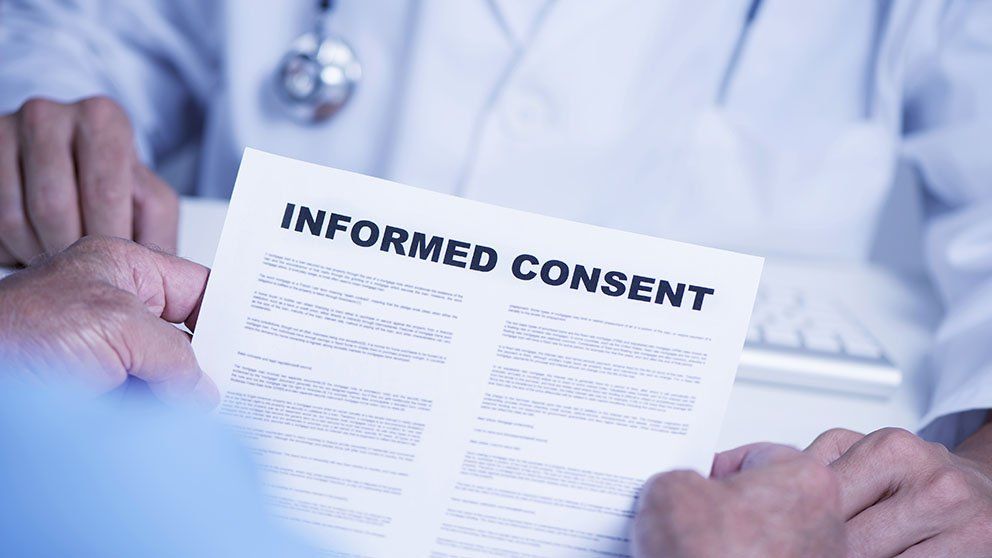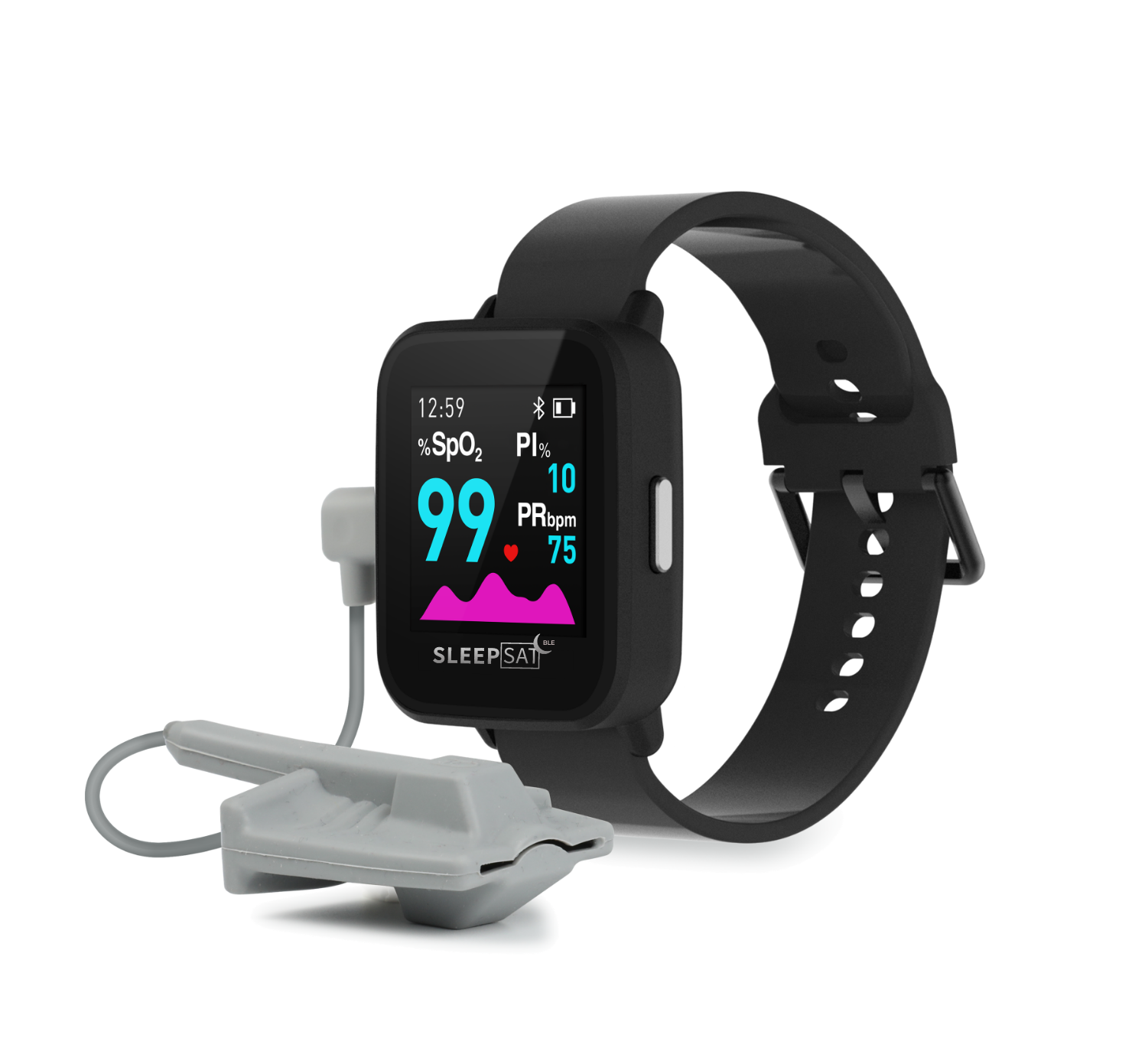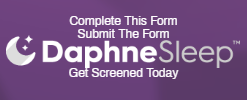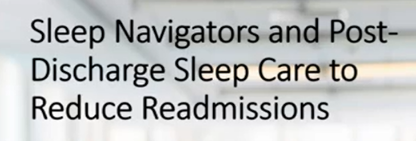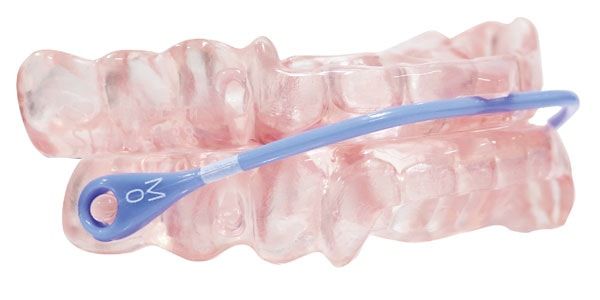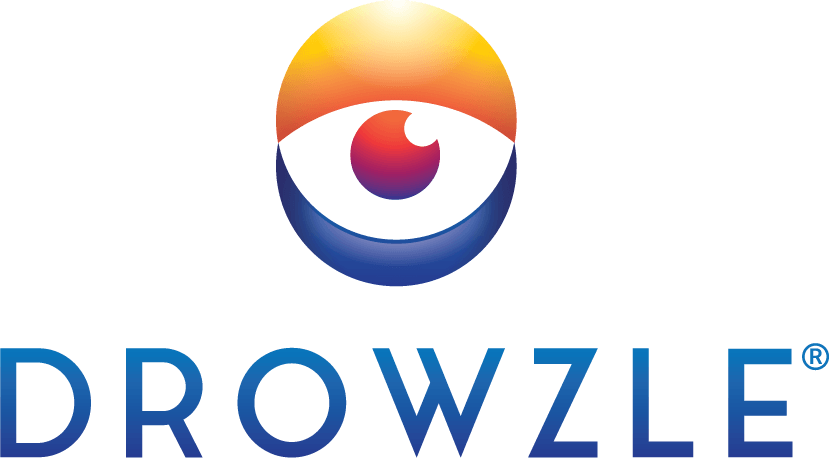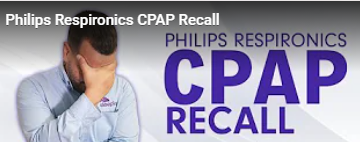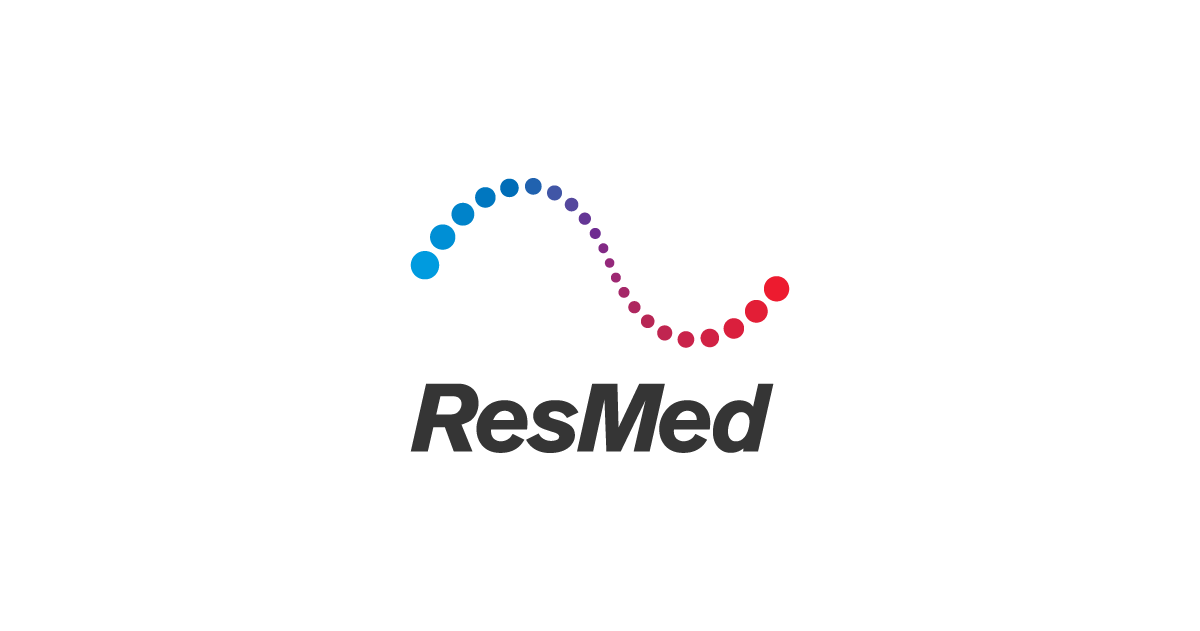OUT OF BREATH: A PROMOTIONAL VIDEO FOR A DOCUMENTARY FEATURE ON SLEEP APNEA
Obstructive Sleep Apnea is the medical field’s forgotten disease. How and why did this happen?
TYPE
:
Documentary Feature
GENRE:
Documentary
STATUS:
Development
SYNOPSIS
Nearly one billion people suffer from Obstructive Sleep Apnea. A 40 year old device is the only widespread treatment option. Why do medical students get minimal training and fewer doctors enter the field? This film will explore personal stories of lives shattered and expert testimony on the reasons professionals ignore this disease.
ARTISTIC STATEMENT
I’ve been living with the disease for most of my adult life, which has given me an intimate understanding of how it's impacted the lives of so many people and the passionate motivation to tell this story in a way that will be both personal and epic in its scope. As my prior work reflects, my films speak on multiple levels at the same time in order to reach deeply into their subject matter. They are layered and nuanced so that they cover more than just their apparent topic. This film will have a feeling of being both in the trenches with its characters and also grand in scale. It will help the viewer identify with those who suffer from OSA while also probing some of the larger societal issues that have shaped policy about OSA and that have created obstacles to its being better known, better studied, better diagnosed and better treated. The film will be exploring: - the personal journey of individuals who are struggling with sleep deprivation and the impact it has had on their lives, family and careers. - the societal impact of OSA as portrayed by news reports and other archival material. - Current activities to demonstrate the prevalence of OSA (i.e. specific public events, conventions, etc.). - Engaging and revealing discussions between pre-eminent and charismatic sleep experts, providing an insider’s view into the workings of the medical field as it relates to OSA. The film will create an experience for the viewer in which they can feel the emotions of its characters and the frustration of the experts who are dealing with the controversy surrounding this underexposed public health epidemic that silently ruins and even takes so many lives.
KEY CREW
George T. Nierenberg - Director / Producer
GEORGE T. NIERENBERG is an acclaimed Director/Producer whose career has spanned the worlds of independent features, network, and cable television. His award-winning film, Say Amen, Somebody (originally released theatrically by United Artist Classics) was celebrated at major film festivals including Telluride, New York, Toronto, London, and Cannes. It was named “One of the Ten Best Films of The Year” by People Magazine, Siskel and Ebert and Rolling Stone, among others. His Emmy-winning film No Maps on My Taps received a theatrical release before airing on PBS, cable and international television. Mr. Nierenberg’s Emmy nominated That Rhythm, Those Blues opened at the Telluride Film before airing on The American Experience. He has produced, directed and developed projects for CBS, NBC, ABC, PBS, AMC, Bravo, Nickelodeon, Sony BMG and National Geographic Explorer. Nierenberg film’s Say Amen, Somebody and No Maps on My Taps are currently being re-released theatrically by Milestone Films.
FILM ADVISORY BOARD
- Dr. John Remmers
- Dr. Colin Sullivan
- Dr. Charles Czeisler
- Mark Rosekind, Ph.D.
- Dr. David Rapoport
- Dr. Naresh Punjabi
- Dr. Barbara Phillips
- Dr. Gilles Lavigne
- Lt. Col. Phillip Neal
Connect With The Filmmakers:
ACCOLADES
Help promote my fundraising campaign
Put our donation widget on your website
